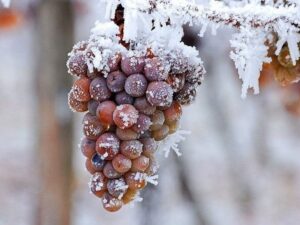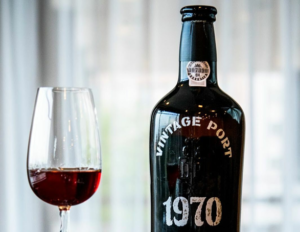One of the great pleasures of tasting wine during our travels to many faraway places is the discovery of a fabulous wine that we’d never tasted before. But that experience is often mixed with a little sadness, because we realize at the time that we will probably never taste this wine again unless we happen to pass that way another time. There was the cooperative wine at a hilltop restaurant in Valpolicella. The Rhône blend poured by the winemaker in a shed near Saint-Chinian. And that Volnay in Burgundy that we couldn’t even find in the local shops.
Photo courtesy of Open Table.
And then, by pure happenstance, we have spied one of these memorable wines on a store shelf or a restaurant wine list. We hasten to buy it and then one of two things happens. We realize that our memories had played tricks on us and we couldn’t figure out what we had liked so much all those years ago. Or, more happily, we are instantly transported back at the first sip.
The salt flats near Marsala, Sicily
Maybe it was a wine, for instance, that we had drunk at an outdoor café on the Italian coast. We can once again smell the maritime breezes, even in a restaurant near home. The sky becomes bright blue and we can see the flats where sea salt was drying. (By the way, the wine was Donnafugata Anthilia.) There are many other examples we could cite, but they all have the same theme: wines, the good ones at least, imprint themselves on our minds not only for their smells and tastes but also for the circumstances in which we tasted them.
That is one of the prime reasons to make wine tasting a part of our travel plans. If we could find them, we could taste all those wines in our own homes, but having them there is even better. Power Tasting is all about the experience of wine tasting and at wineries, but elsewhere as well. Wine has the power to refresh memories of wonderful times past, not just of the wine in question but also the region, the particular place it was tasted, the time of year and the people who we met along the way to that glass.
Why wine in particular? Why not chocolate bars? Pickles? Steaks? We might remember one particular steak as being the best we had ever eaten, but one steak is not that differentiated from another. Wine is different, at least for enthusiasts such as ourselves and, we presume, our readers. We bring a level of concentration to tasting wine, thinking about what we smell, what we taste, what it reminds us of, how long we can taste it. That very particularity brings with it mental souvenirs that encompass where we are and what we are doing at the time. A simple sip can recreate the entire experience.
So when you next order a glass or a bottle in some out of the way spot, on a glorious afternoon in a piazza or a château or even at a picnic, drink it all in – the wine and the smells and the sunlight too. You may enjoy it all again out of another glass in the future.













